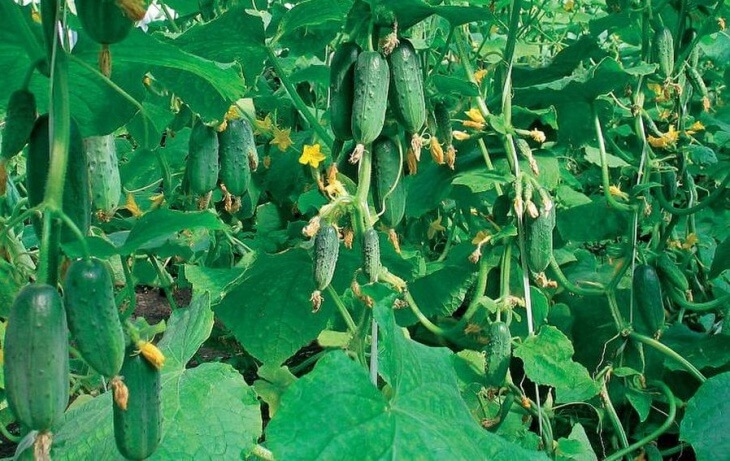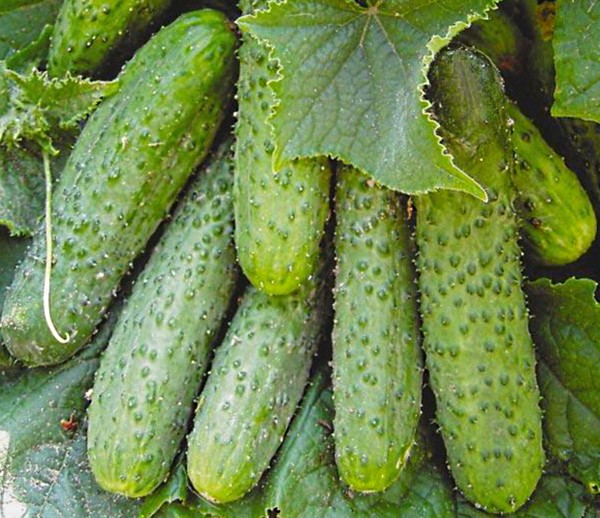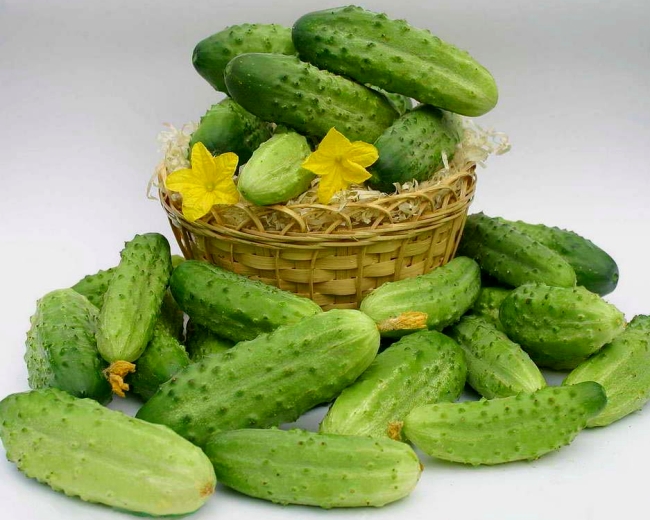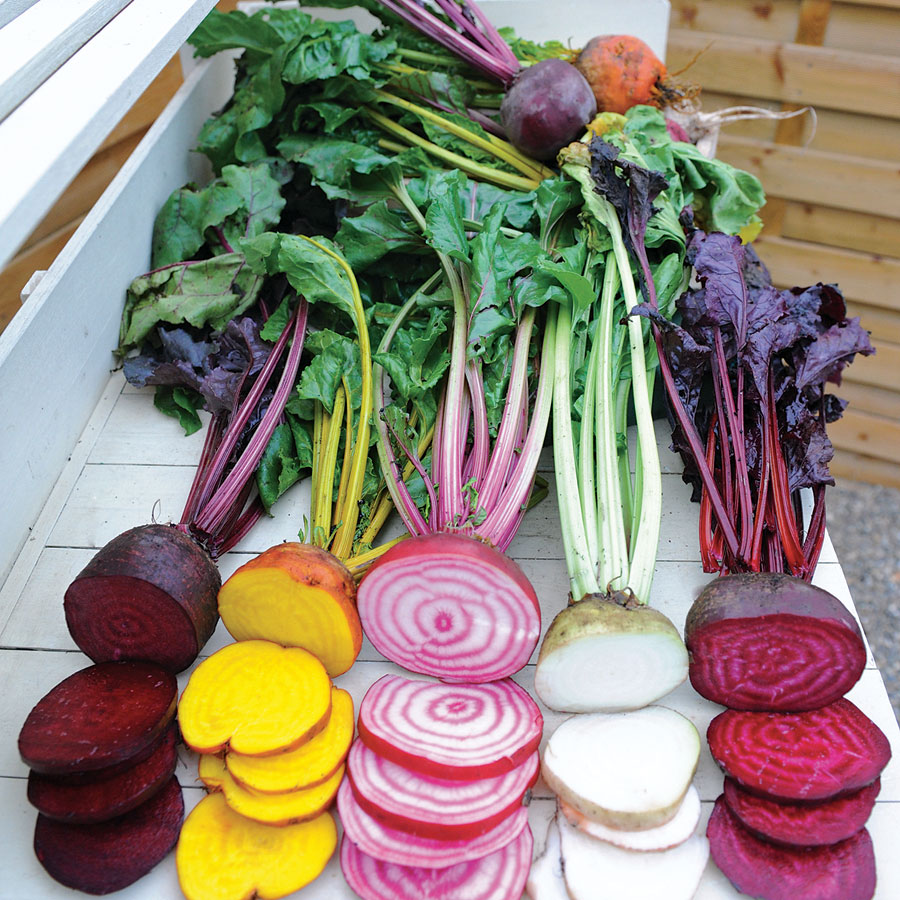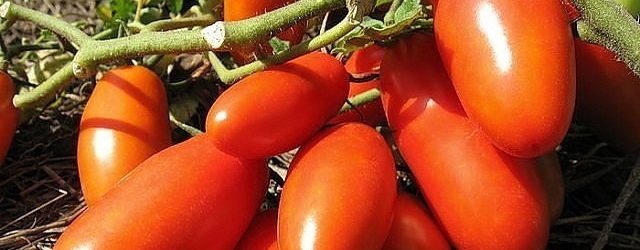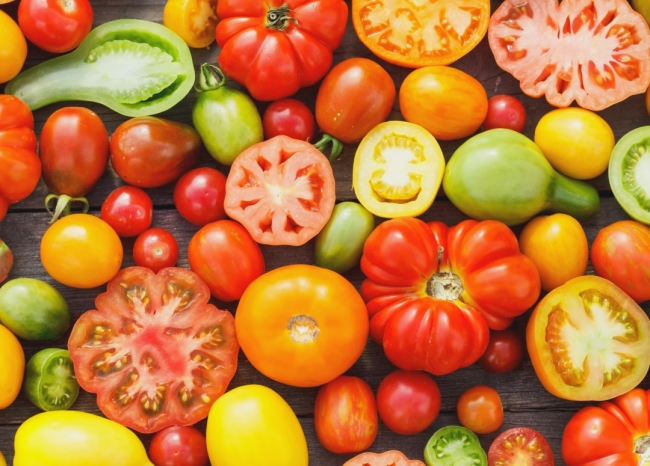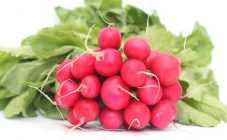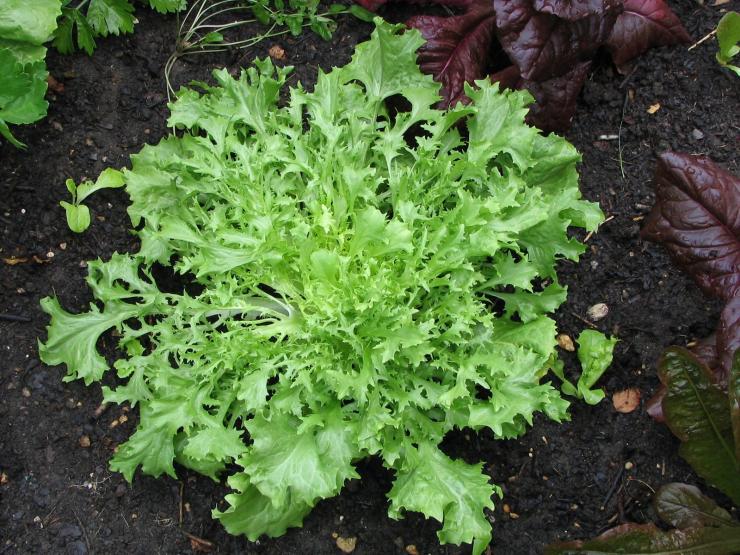Content:
Cucumbers are the most common crop in private and public gardening. Almost every summer resident or owner of a personal plot keeps a greenhouse for cucumbers or at least a small garden bed. In the old days, mainly bee-pollinated traditional cucumbers were planted in the ground. Now, self-pollinated varieties are increasingly being chosen.
In the full sense, these cucumbers cannot be called varieties. After all, a variety is a group of plants selected as a result of selection, the characteristics of which are repeated in the offspring. Varieties can be bee-pollinated. But the combination of several varieties in one plant is possible only in hybrids bred by breeders. Moreover, hybrids can be both bee-pollinated and self-pollinated. This article deals with hybrids, which are called varieties for short.
Open field cucumber varieties (self-pollinated)
Self-pollinated cucumbers are hybrids that have their own characteristics, in particular, these plants have both a female and a male character in one flower. It is thanks to this that self-pollination occurs inside the flower. There are also parthenocarpic hybrids, usually summer residents do not share them and are also called self-pollinated.
Since all self-pollinated cucumbers are bred artificially, by the labor of breeders, any of their varieties has some introduced and improved characteristics that distinguish them from the traditional variety. A significant disadvantage of any hybrid is that, repeating in the offspring, it does not convey these qualities. Therefore, to obtain a good harvest, seeds from a hybrid cannot be used - it will not inherit the beneficial properties of its parents.
As for self-pollinated cucumbers, or self-fertile ones, they will not produce seeds at all.
The second distinguishing feature of hybrids is that they are high-yielding and disease-resistant, which distinguishes them favorably from the variety.
Hybrid seeds are generally quite expensive. Compared to varieties, hybrids are sold in neat packs of a dozen seeds, or even just single seeds. This is due to the complexity of their reproduction, literally by the manual method of selection. However, with proper care, you can get a very high yield from just a few bushes of hybrid cucumbers.
In addition to high yields, hybrid plants have many other positive qualities. For example, a hybrid is often more cold hardy than a variety. It is no coincidence that abroad are gradually moving away from the use of varieties in gardening and are switching to the first generations of hybrids.
What are self-pollinated cucumbers
Growing self-fertile cucumbers is a fascinating business, because today a large number of various types of hybrids with an individual set of characteristics have been bred.
Consumer properties. Cucumbers are both salad cucumbers, they are especially good for summer consumption, and pickled cucumbers, suitable for preservation for the winter. You can choose and universal use, suitable for both. For instance, hybrids are considered universal:
- Alliance,
- Ardor,
- Prestige,
- Generous,
- Herman, dr.
The best bush salad hybrid is Zyatek. Zozulya, the most famous and popular hybrid among summer residents, will be good in salting.
Ripening terms. Today, the most common early and very early species, which is especially important if the place of cultivation is in the middle zone of Russia, and even more so in the northern regions, where the summer is short. So, early maturing are:
- Ardor,
- Emelya,
- Masha,
- Son-in-law,
- Hermann.
Mid-season cucumber hybrid - Moscow evenings. There are also late-ripening ones that bear fruit on the 50th day.
The size. There are medium-fruited and small-fruited. So, the smallest are gherkins and pickles, but there are also long hybrids, they reach a length of up to 30 cm;
Cultivation method. There are self-pollinated varieties of cucumbers for growing in a greenhouse and varieties of self-pollinated cucumbers for open ground.
Taste qualities of early cucumbers are very high - they are tender, juicy, crunchy.
If you buy a mid-season hybrid, it meets both characteristics.
Scourges can be both highly branched and weakly branched. Hybrid varieties of cucumbers are also smooth and bumpy, pubescent with small whitish and black thorns. It is believed that black-spiked cucumbers are better for pickling and pickling, while light-spiked cucumbers are great for food.
Self-pollinated cucumbers for greenhouses
Most often, it is self-pollinating hybrids that are grown in greenhouses, which is understandable, because a rare bee will fly into a closed greenhouse. Greenhouse cucumbers are unfairly called less tasty than their ground neighbors, but this is not entirely true. With good care, the quality of the greenhouse cucumber is quite high, while the fruiting is longer, the greenhouse cucumber is more productive.
What are the self-pollinated cucumber seeds for the greenhouse that are the most demanded and popular among summer residents today:
- the early ripe hybrid Matilda is distinguished by the power of the bushes and multiplicity. The ovary can give up to seven greens - smooth, neat, weighing 100-110 g. The plant has a long fruiting period;
- early ripening gherkin Zyatek is small, up to 10 cm, grows with bunches of cucumbers in one ovary, very productive - the bush gives up to 7 kilograms;
- long, juicy, sweet Zozulya cucumbers have a smooth surface and an even shape. The length of such a greenery is 25 cm. They ripen quickly, are excellent for both salads and canning;
- Emelya is another early greenhouse hybrid, very powerful, fruitful, with a yield of up to 15 kg per bush. The skin is smooth, slightly lumpy, without thorns. He is rarely taken by any disease, since this cucumber is very resistant to disease.
Self-pollinated ground cucumbers
A cucumber that will grow in open ground must be cold-resistant, it should not be afraid of high humidity, gusts of wind. Therefore, breeders develop characteristics that distinguish such varieties from greenhouse plants. Hybrid varieties have an increased formation of ovaries, while generally the greens retain their crispness and hardness even after processing. Popular soil varieties:
- cucumber Zador looks like a gherkin with tubercles, attractive in appearance. Ripens quickly, very tasty and resistant to climatic changes;
- Alliance - often planted for pickling, fruits retain crispness and density. It ripens in medium terms, fruitful;
- Crunch is the most late-ripening hybrid that can be harvested until late autumn and, as the name implies, it retains excellent taste both in salted and pickled form. Moreover, this hybrid is also shade-tolerant;
- Orpheus, on the other hand, is an early ripe hybrid, ripening on day 38. It has small tubercles, the weight of the fetus is up to 110 g, and the size is up to 13 cm;
- mid-early include a hybrid of Gerda and a Friendly Family.
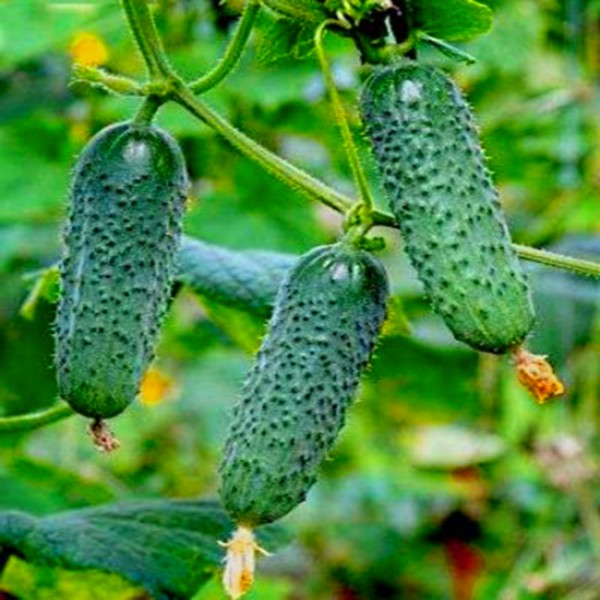
The rough surface of the Matilda hybrid and the cylindrical shape distinguish this variety from others.
Separately, it is worth taking out universal hybrids that are suitable both for greenhouses and for soil. These are Vesna, Claudia, Ant, Herman, which grow well both in a greenhouse and in a vegetable garden.
There are many long-fruited hybrids. Not everyone loves such cucumbers, but in the East they are the most popular. The reason is clear - long-fruited cucumber is tasty, juicy, aromatic.
Growing features
Usually cucumbers like light shading. But if it is not possible to organize the necessary partial shade, to protect the cucumbers from the direct rays of the sun, you can initially choose the most heat-resistant hybrids such as the Merry Company, Spring Whim. However, there are shade-tolerant varieties, these include Razgulay, Courage. The windowsill and summer terrace are suitable for growing cucumbers called Berendey and Garland.
Often, summer residents suffer from the fact that fast-growing cucumbers simply outgrow until the owners of the site go to the country. For those who do not visit the site every day, the special developments of breeders in the form of slowly growing cucumbers such as hybrids Lilliput, Cappuccino, Advance will be useful.
So, if it is written on the pack that the hybrid is intended for a greenhouse, it is better not to plant it in the ground. Conversely, soil should not be kept in a greenhouse. Accordingly, a well-fertilized soil is also needed.
Both ground cucumbers and greenhouse cucumbers require well-prepared land. Before sowing, it is necessary to add organic matter and add nitrophosphate, after which the soil is dug up. Such work is carried out in the fall, after the harvest. In the spring, after the snow melts and melts, mineral fertilizers and microelements are introduced into the soil. Next comes loosening, harrowing.
All hybrid seeds are soaked before sowing. First, they are calibrated in a weak salt solution (50 g of salt per liter of water), the floating ones are removed, the others are washed and dried. On the eve of planting, they are soaked in a mineral composition for a day.
Self-pollinated cucumber seeds for open ground are sown, if weather conditions permit, directly into the ground. But often the seeds are sown first in pots on the windowsill, and only then are transferred to a greenhouse or open ground.
When the flowering began and the cucumbers began to stretch, they can be tied to the trellis. Care includes weeding the beds, watering as often and not very abundantly, fertilizing and pollination. Finally, the harvest is completed.
Diseases and pests
Any gardener knows how many dangerous diseases and pests infringe on cucumbers. This is aphid, and slugs, and rot, perosporosis and spider mites. Surely everyone has seen whitish spots on the leaves, which are a manifestation of powdery mildew. Most cucumbers suffer from it, moreover, the defeat can manifest itself both in a plant grown in open ground and in greenhouse conditions.
There are hybrids that are more resistant. So, through the efforts of scientists-breeders, it was possible to improve the qualities of cucumbers, increase their resistance to diseases. So, downy mildew is not terrible for the hybrid Pinocchio, Romantic, the cucumber Parus suffers less than others from it.
Miranda, Brunet and Understudy can resist parenosporosis.
The variety of choice of hybrids of self-pollinated cucumbers allows the summer resident and gardener to make the right choice, based on their capabilities and site characteristics. If the seeds are selected correctly, care is carried out correctly, the characteristics of the variety are taken into account, then the harvest will be good.
